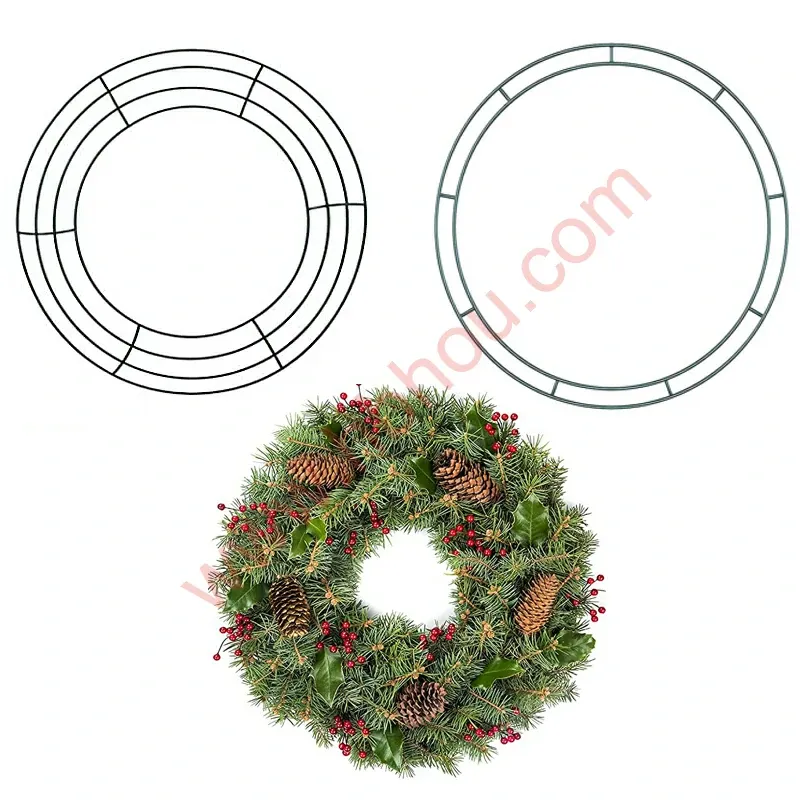Gabion Solutions Versatile Structures for Modern Engineering Needs
In the field of civil engineering and landscape architecture, gabions have emerged as a highly versatile solution for a variety of construction and environmental challenges. Originating from the Italian word gabbione, meaning big cage, gabions are wire mesh structures filled with rocks, stones, or other materials. They offer numerous advantages, making them a popular choice in both urban and rural settings.
One of the primary applications of gabion solutions is in erosion control. Riverbanks, shorelines, and steep slopes can be prone to erosion caused by water flow, rainfall, or even wind. By strategically placing gabion walls, engineers can create barriers that absorb and deflect water's energy, significantly reducing soil erosion. These structures provide a natural aesthetic look, blending harmoniously with the surrounding landscape while also serving a practical purpose.
In addition to erosion control, gabions are also utilized for stabilizing slopes and retaining walls. Traditional solutions often require extensive excavation and can be expensive and time-consuming to install. Gabions, on the other hand, offer a more efficient and cost-effective method of creating strong, resilient structures. The interconnected cages can be stacked and shaped to fit specific site conditions, providing flexibility during construction. Moreover, their permeability allows for proper drainage, which is essential in preventing water buildup and potential structural failure.
gabion solutions

Gabions are not limited to functional applications. They can also be used creatively in landscaping and architectural design. Designers and architects are increasingly incorporating gabion walls and fences into residential and commercial projects. By filling gabions with attractive stones or other materials, they can enhance the visual appeal of outdoor spaces. This adaptability allows for various styles, from rustic to contemporary, making gabions a trendy choice for modern landscaping.
Furthermore, gabions are environmentally friendly. The materials used to fill gabions are often locally sourced, which reduces transportation costs and associated carbon emissions. They can also promote biodiversity by providing habitats for various plants and animals. Over time, vegetation can grow through the gaps of gabion structures, enhancing their ecological value and helping them blend into the natural environment.
Another advantage of gabion solutions is their durability and low maintenance requirements. Unlike traditional building materials that may deteriorate over time, gabions can withstand harsh weather conditions and do not require significant upkeep. If any section of the structure becomes damaged, it is often as simple as replacing the wire mesh or replenishing the stones, making gabions a smart long-term investment.
In conclusion, gabion solutions are a remarkable innovation in the fields of engineering and landscaping. Their multifunctional capabilities, aesthetic appeal, environmental benefits, and low maintenance make them an attractive option for a wide range of applications. As the world continues to face challenges related to erosion, infrastructure stability, and sustainable design, the use of gabions is likely to grow, proving that these simple structures can offer complex solutions for modern needs. Embracing gabion technology can ultimately lead to more resilient and aesthetically pleasing environments, ensuring a balance between functionality and nature.
















